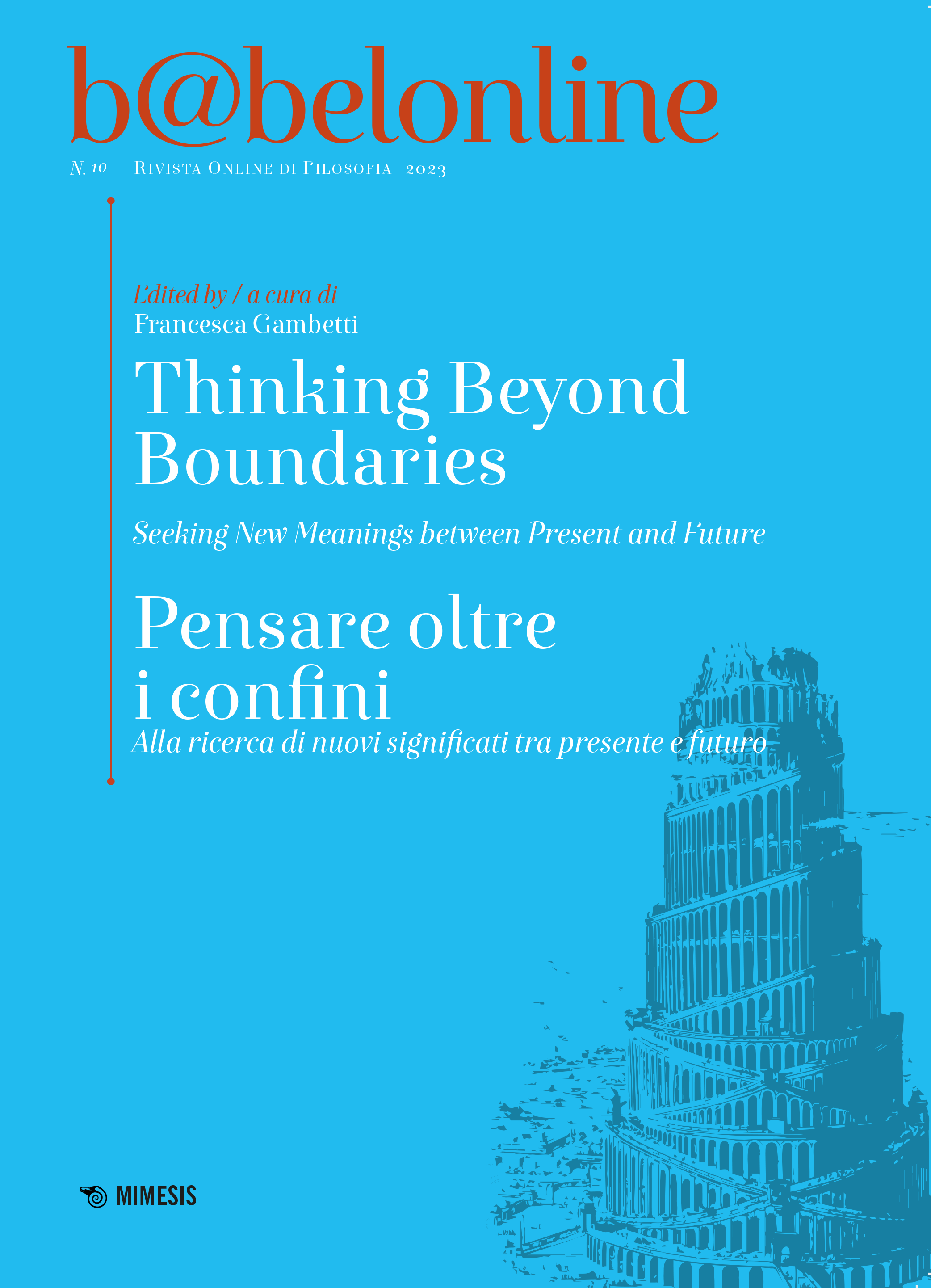Abstract
The essay aims to consider Karl Jaspers’ conception of boundary situations on the basis of their peculiar spatiality. The very terminology that Jaspers uses allows for this kind of analysis. Indeed, to be in a situation implies for existence (Dasein) to be situated within a topographical order and it is always spatial metaphors to describe boundary situations. And it is always a spatial image that Jaspers uses to represent the space of the ‘leap’ from existence immanent to the topographical order to a possible Existenz that crosses it: that of an ‘enigmatic threshold’. An attempt is then made to trace in other thinkers (Derrida, Foucault, Benjamin) a conception of the threshold as a non-topographical spatiality that would allow one to conceive, simultaneously and at the same time, here and beyond, immanence and transcendence, real and possible, being a citizen and being a foreigner. It emerges that the meaning of threshold takes on different and sometimes substantial nuances depending on the language (Seuil, Schwelle, Threshold).
